Introduction
Understanding complex organizational phenomena requires a nuanced approach that often transcends traditional research paradigms. Two predominant methodologies in organizational research are the positivist approach, which emphasizes empirical testing and logical consistency, and the interpretive approach, which seeks to understand the subjective meanings and experiences of individuals within organizations.
Allen S. Lee’s seminal paper, “Integrating Positivist and Interpretive Approaches to Organizational Research,” offers a framework to bridge these seemingly incommensurate paradigms. This comprehensive analysis delves into the fundamental differences between the positivist and interpretive approaches, explores the tools and logic each employs, and examines how Lee’s integrated framework can be applied to organizational research. We will also discuss the implications of different interpretations on research outcomes, using examples such as Google’s organizational culture and Peter Nardulli’s courtroom study.
Understanding the Interpretive Approach
Entering an Alien Culture
When embarking on interpretive research, envision yourself entering an alien culture where behaviors initially seem irrational or absurd. The people in this culture might behave in ways that defy your expectations or understanding. The challenge is to make sense of these behaviors from the insiders’ perspectives, shedding your preconceived notions and biases.
For example, consider an organization that has invested millions in a new system, yet employees resist using it. To an outsider, this resistance might appear irrational or absurd. An interpretive researcher would delve into the subjective experiences of these employees to understand why they are not embracing the new system. This involves immersing oneself in their environment and engaging deeply with their perspectives.
Tools of the Interpretive Approach
The interpretive approach employs several methodologies to understand participants’ subjective realities:
- Ethnography: This involves embedding oneself within the organization for an extended period to observe and participate in daily activities. By doing so, researchers gain a “near view” of the subjects, understanding their thoughts, feelings, and cultural norms from the inside.
- Phenomenological Sociology: Focuses on capturing the worldview of the participants. Researchers aim to understand phenomena as closely as possible to how the subjects perceive them.
- Hermeneutics: Originally used for interpreting historical texts, hermeneutics involves understanding the meanings of words and actions within their specific historical and cultural context. The hermeneutic circle refers to the iterative process of interpreting parts of a text (or behavior) to understand the whole, and vice versa.
Making Sense of Absurd Behavior
Interpretive researchers use these tools to create rules or frameworks that explain behaviors within their cultural context. By doing so, what initially appears absurd becomes understandable. This process involves:
- Assigning Meanings: Interpreting the meanings participants assign to their actions and interactions.
- Iterative Interpretation: Continuously refining interpretations through the hermeneutic circle until the behaviors make sense within the context.
- Understanding Subjective Understanding: Recognizing that the subjective understanding belongs to the participants, and researchers must engage deeply to access it.
Investigative Journalism Parallel
Interpretive research shares similarities with investigative journalism. Journalists investigate situations to uncover underlying truths, much like interpretive researchers delve into participants’ subjective realities. For instance, writing a book on why people commit murder involves exploring the murderers’ thoughts, feelings, and circumstances to understand their actions.
Understanding the Positivist Approach
Emphasis on Formal Logic
The positivist approach relies heavily on formal logic and hypothetical deductive reasoning. Theories must be logical, coherent, and consistent. Researchers develop constructs—abstract concepts that can be measured—and examine the relationships between them. Mathematics and formal logic are tools used to ensure that theories are structured logically.
For example, in studying an organization’s culture, constructs might include:
- Employee Empowerment: The degree to which employees feel they have autonomy and influence.
- Creativity Levels: The extent of innovative ideas and projects within the organization.
- Slack Resources: Availability of time and resources for employees to pursue personal projects.
Hypothetical Deductive Logic
Hypothetical deductive logic is central to the positivist approach. It involves:
- Major Premise (Theory): A broad theoretical statement or proposition.
- Example: “All men are mortal.”
- Initial Condition (Context): A specific situation or phenomenon to which the theory is applied.
- Example: “Socrates is a man.”
- Minor Premise (Hypothesis): A conclusion drawn from applying the theory to the initial condition.
- Example: “Therefore, Socrates is mortal.”
- Empirical Testing: Testing the hypothesis through observation or experimentation.
- Example: Observing whether Socrates dies to confirm the hypothesis.
This method allows researchers to develop testable hypotheses based on theories and validate them through empirical data.
Application in Organizational Research
For instance, when studying outsourcing decisions, a researcher might:
- Use Transaction Cost Theory as the major premise.
- Apply it to organizations considering outsourcing (the initial condition).
- Develop a hypothesis: Organizations with high asset specificity are less likely to outsource.
- Test the hypothesis using empirical data.
Comparing the Approaches: The Example of Google’s Culture
Interpretive Approach to Google’s Culture
An interpretive researcher studying Google’s culture would:
- Embed Themselves in the organization to understand it from the inside out.
- Engage with Employees: Conduct interviews, participate in daily activities, and observe interactions.
- Explore Meanings: Investigate what aspects of the culture mean to employees.
Questions might include:
- What does working at Google mean to you?
- How do you perceive the open workspaces and bright lights?
- What significance do the on-site amenities have for your work experience?
- What are the underlying values and norms that guide your behavior?
The aim is to understand employees’ subjective experiences and how they interpret the organizational culture.
Positivist Approach to Google’s Culture
A positivist researcher would study Google’s culture from the outside in, using constructs to characterize it:
- Identify Constructs:
- Employee Empowerment
- Creativity Levels
- Slack Resources
- Operationalize Constructs: Define how each construct will be measured.
- Develop Hypotheses:
- Example: Higher levels of employee empowerment lead to increased innovation.
- Collect Data: Use surveys or existing data to measure constructs.
- Analyze Data: Employ statistical methods to test hypotheses.
Contrasting the Approaches
- Interpretive Approach: Seeks depth, context, and meaning from the participants’ perspectives.
- Positivist Approach: Aims for generalizability and predictive power through measurable constructs and empirical testing.
Integrating Positivist and Interpretive Approaches
Lee’s Integrated Framework
Allen S. Lee proposes a framework that integrates the positivist and interpretive approaches through three levels of understanding:
- Subjective Understanding: The participants’ own perspectives and meanings—their worldview.
- Interpretive Understanding: The researcher’s interpretation of the participants’ subjective understanding.
- Positivist Understanding: The development of formal theories and hypotheses based on the interpretive understanding, which are then tested empirically.
The Cyclical Process
- Arrows One and Two: Move between the subjective understanding and interpretive understanding.
- Arrow One: Researchers gather participants’ subjective understandings.
- Arrow Two: Researchers refine their interpretations by returning to the participants as needed.
- Arrows Three and Four: Transition from interpretive understanding to positivist understanding.
- Arrow Three: Researchers develop constructs and hypotheses based on their interpretations.
- Arrow Four: Theoretical constructs inform further interpretation.
- Arrows Five and Six: Testing and validation.
- Arrow Five: Researchers test predictions derived from the positivist understanding.
- Arrow Six: Empirical findings may lead researchers to revisit and refine their interpretations.
The Puppet Analogy
In Lee’s framework:
- Participants are likened to puppets in the positivist understanding.
- Constructs are the strings that researchers manipulate to predict behaviors.
- Researchers assign the subjective understanding (derived from interpretive analysis) to these puppets.
- By manipulating the constructs, researchers can predict and test behaviors.
Importance of Accurate Interpretation
- Interpretive Work Informs Positivist Research: Accurate interpretations ensure that constructs and hypotheses are meaningful and grounded in participants’ experiences.
- Misinterpretations Lead to Invalid Conclusions: Flawed interpretations can result in unsupported hypotheses and misleading findings.
Case Study: Peter Nardulli’s Courtroom Research
Initial Hypothesis Based on Legal Man Theory
The Legal Man Theory posits that:
- Judges are neutral arbiters.
- Prosecutors aim to convict.
- Defense Attorneys aim to defend.
- The courtroom is an adversarial setting focused on due process.
Hypothesis: As caseload pressure increases (due to limited resources and high case volumes), there would be more plea bargaining to expedite cases, resulting in a decrease in due process.
Empirical Findings Contradicting the Hypothesis
Researchers tested this hypothesis across various court systems with differing caseloads and budgets:
- Findings: Caseload pressure and resource scarcity did not significantly affect the number of plea bargains.
- Conclusion: The hypothesis was unsupported, indicating that the initial interpretation was flawed.
Revisiting the Interpretive Understanding
Researchers revisited the courtroom dynamics using interpretive methods:
- Ethnography: They immersed themselves in the courtroom environment.
- Observations:
- Courtroom actors did not view each other as adversaries.
- Judges, prosecutors, and defense attorneys often socialized together.
- There was a presumption of guilt among defendants.
New Subjective Understanding: The Clubhouse Theory
From these observations, researchers developed the Clubhouse Theory:
- Presumption of Guilt: Defendants are assumed to be guilty.
- Shared Interests: Courtroom actors work cooperatively to process cases efficiently.
- Cooperation Over Adversarialism: The focus is on agreeing on sentences rather than determining guilt or innocence.
Developing New Hypotheses
Based on the new interpretation:
- Hypothesis: Stalling tactics by defense attorneys (e.g., filing numerous objections) would result in longer sentences for their clients.
- Rationale: Non-cooperative behavior disrupts the collaborative process, leading to punitive responses.
Empirical Testing and Validation
- Testing: Researchers collected data on defense attorneys’ tactics and sentence lengths.
- Findings: There was a significant correlation between stalling tactics and longer sentences.
- Conclusion: The Clubhouse Theory was supported, providing a better explanation of courtroom dynamics.
Implications for Research
- Interpretations Influence Hypotheses: Different interpretations lead to different hypotheses and research outcomes.
- Importance of Accurate Interpretation: Misinterpretations can result in unsupported hypotheses.
- Integration Enhances Understanding: Combining interpretive insights with positivist testing enriches research.
Importance of Interpretation in Research
The Role of Subjective Understanding
- Foundation of Research: Participants’ subjective understandings form the basis of interpretations.
- Engagement: Researchers must deeply engage with participants to access their worldview.
Impact on Hypotheses and Outcomes
- Different Interpretations Yield Different Hypotheses: As seen in the Nardulli study, changing the interpretation led to new, supported hypotheses.
- Validity of Conclusions: Accurate interpretations are crucial for valid conclusions.
The Necessity of Reflexivity
- Continuous Reflection: Researchers must continuously reflect on and question their interpretations.
- Openness to Revision: Willingness to revisit interpretations based on new insights or empirical findings.
Integrating Approaches in Practice
Developing Constructs from Interpretations
- Grounding Constructs: Positivist constructs should be grounded in interpretive insights to ensure relevance.
- Participant Understanding: Constructs must make sense to participants to be meaningful.
Ensuring Constructs Make Sense to Participants
- Engagement: Researchers should engage with participants to validate constructs.
- Surveys and Interviews: Tools like surveys and interviews can ensure that constructs align with participants’ experiences.
Utilizing Multiple Methods
- Mixed-Methods Approach: Combining qualitative and quantitative methods provides a comprehensive understanding.
- Strengths of Both Paradigms: Leveraging the depth of interpretive methods and the rigor of positivist testing.
Conclusion
Integrating positivist and interpretive approaches in organizational research offers a comprehensive understanding of complex phenomena. By recognizing the value of participants’ subjective experiences and grounding theoretical constructs in accurate interpretations, researchers can develop robust theories that are both meaningful and empirically valid.
Lee’s framework provides a structured way to integrate these approaches through a cyclical process of engagement, interpretation, theorization, and testing. This integration not only enhances the richness of research but also ensures that findings are grounded in the realities of the organizational context.
Understanding that every research endeavor is built upon interpretations underscores the importance of critically examining and validating our assumptions. By embracing both positivist and interpretive methodologies, researchers can navigate the complexities of organizational behavior, leading to more effective interventions, policies, and contributions to knowledge.
Key Takeaways
- Interpretive and Positivist Approaches: Each offers unique strengths; integrating them enriches research outcomes.
- Subjective Understanding: Engaging with participants’ perspectives is crucial for accurate interpretations.
- Hypothetical Deductive Logic: Central to positivist research; hypotheses must be grounded in logical reasoning.
- Cyclical Integration: Moving between interpretations and empirical testing refines understanding and enhances validity.
- Importance of Accurate Interpretation: Misinterpretations can lead to invalid hypotheses and conclusions; revisiting interpretations is essential.
By integrating these approaches, researchers can develop a deeper, more nuanced understanding of organizational phenomena, ultimately contributing to the advancement of the field. Embracing both paradigms allows for research that is both rich in context and rigorous in methodology.
lee

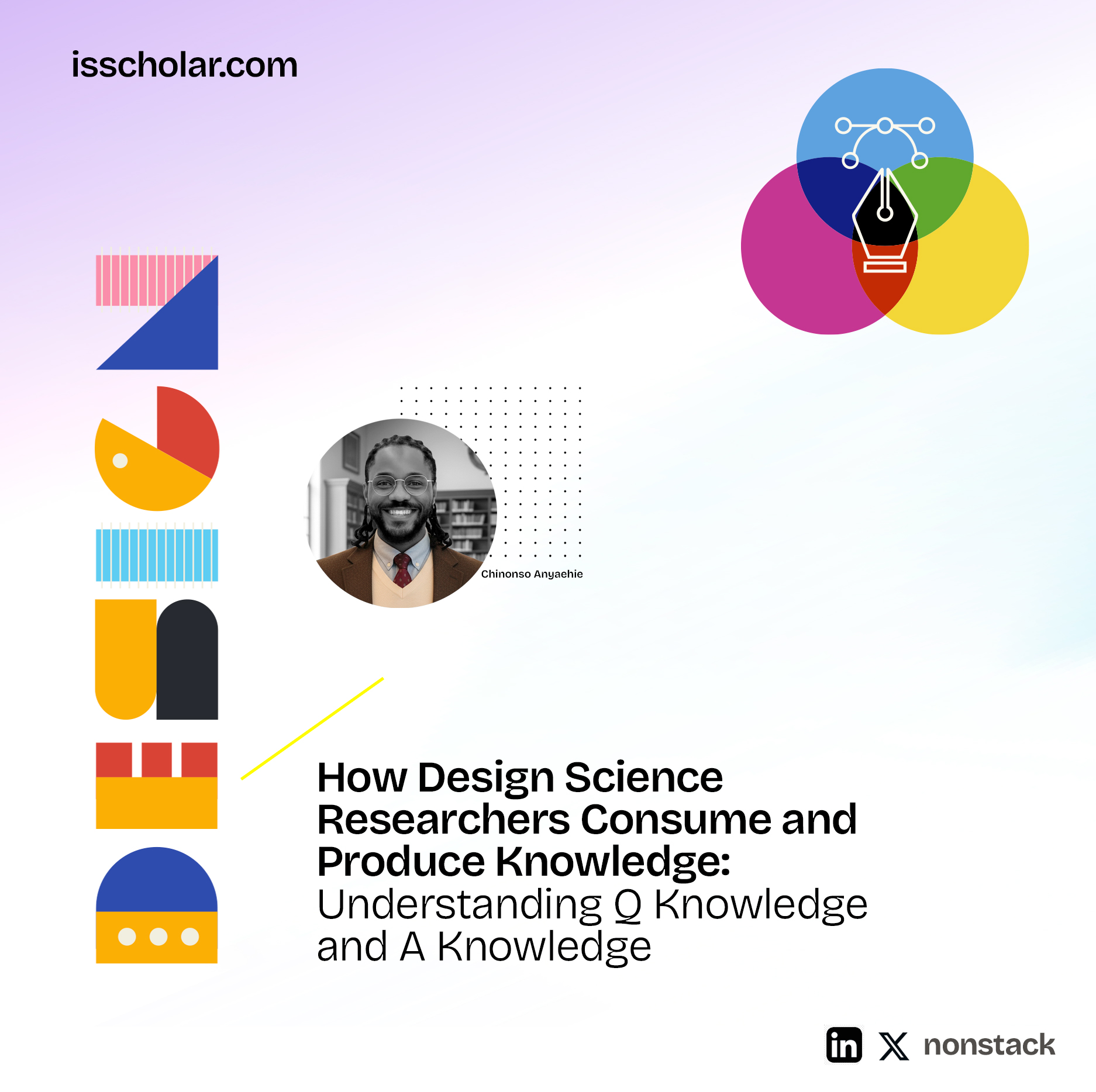
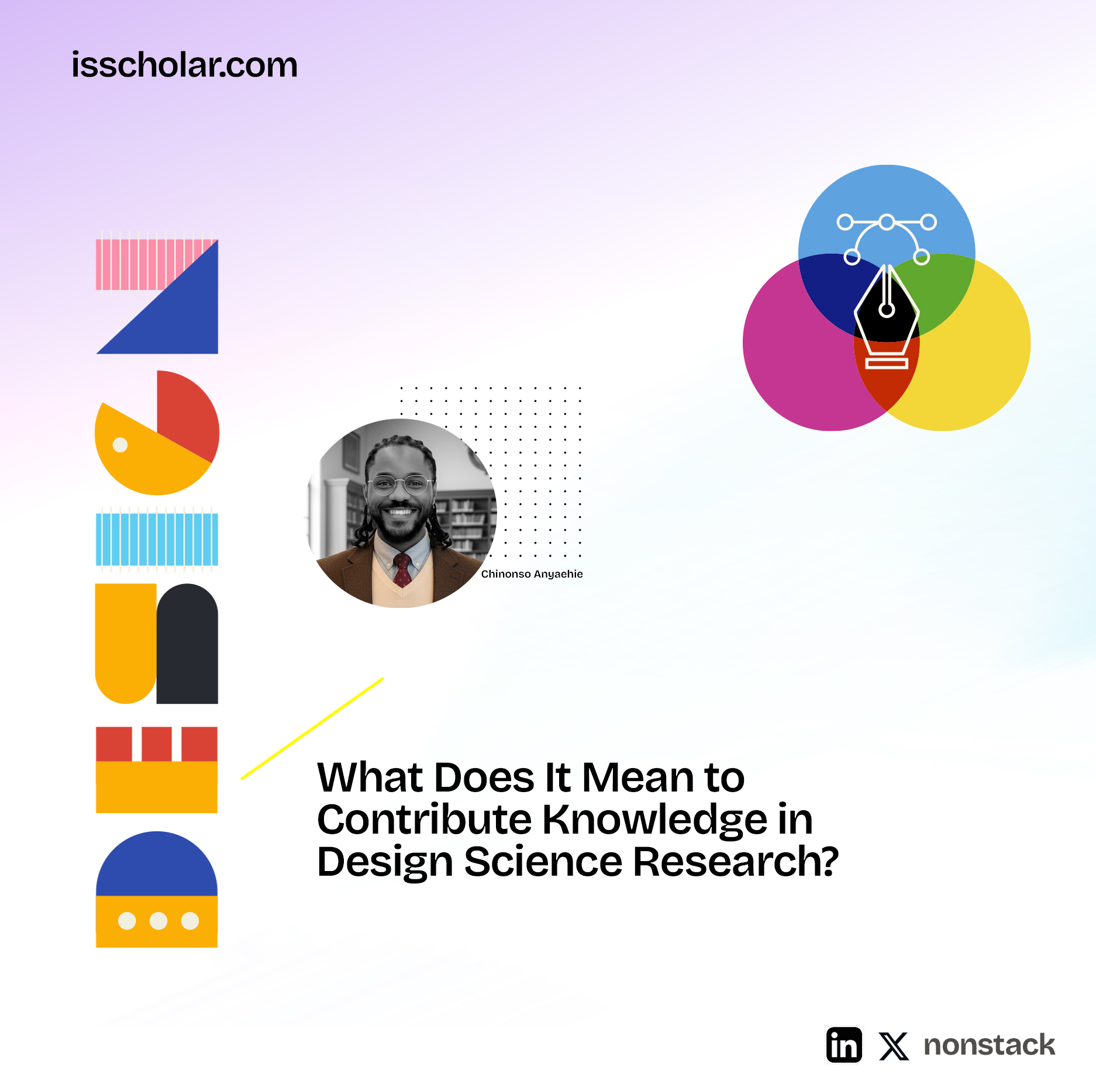

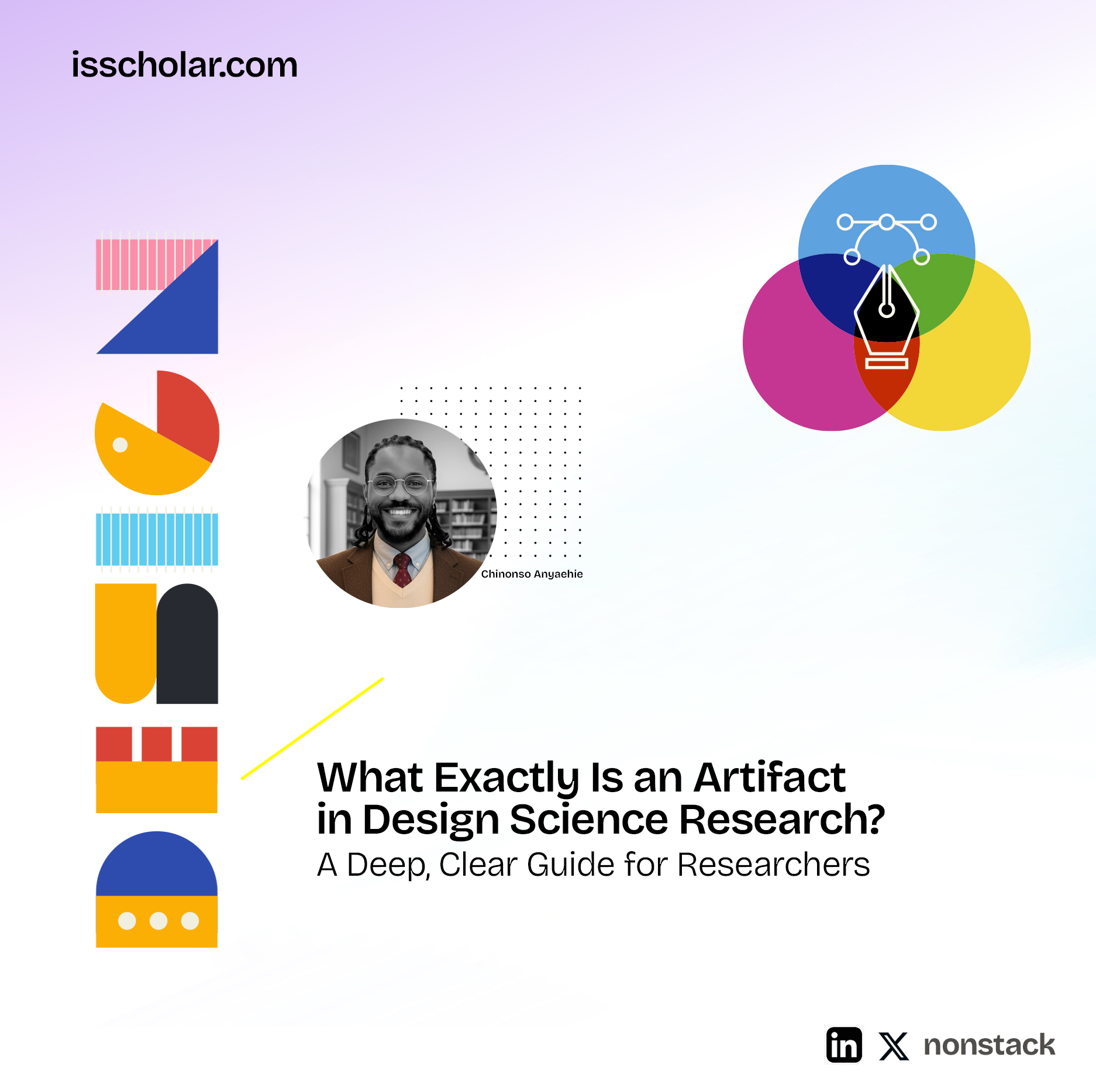
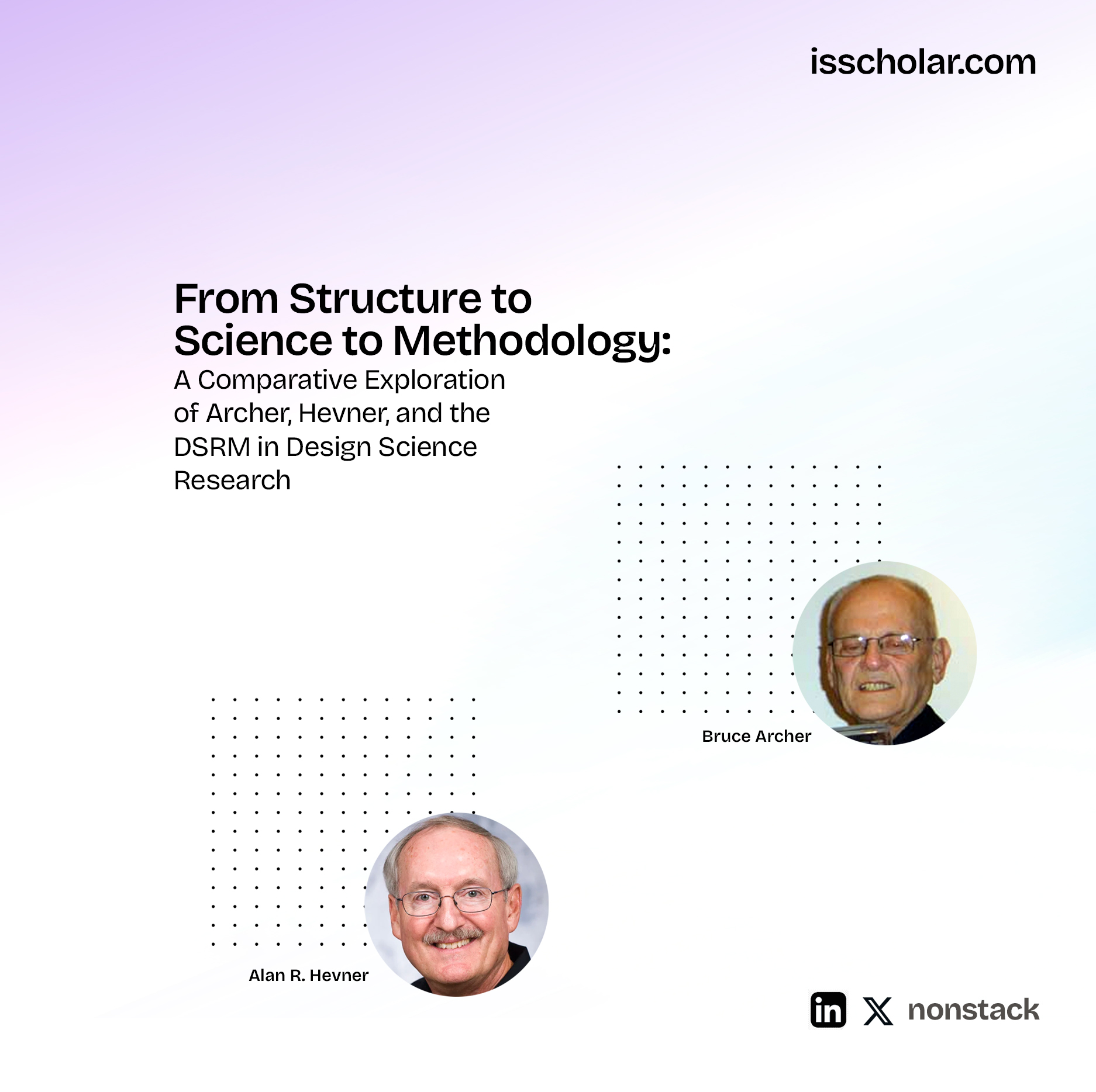
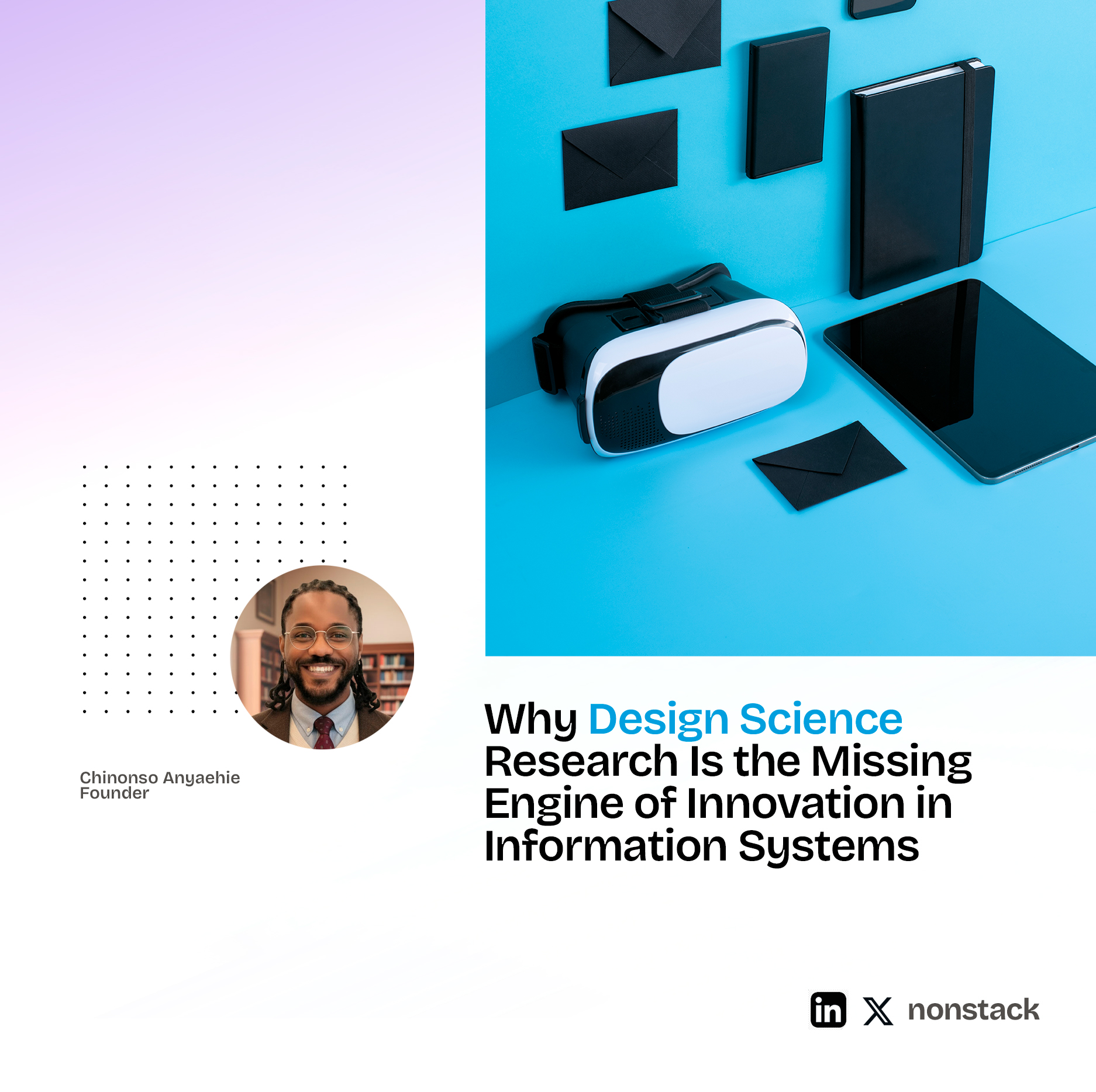
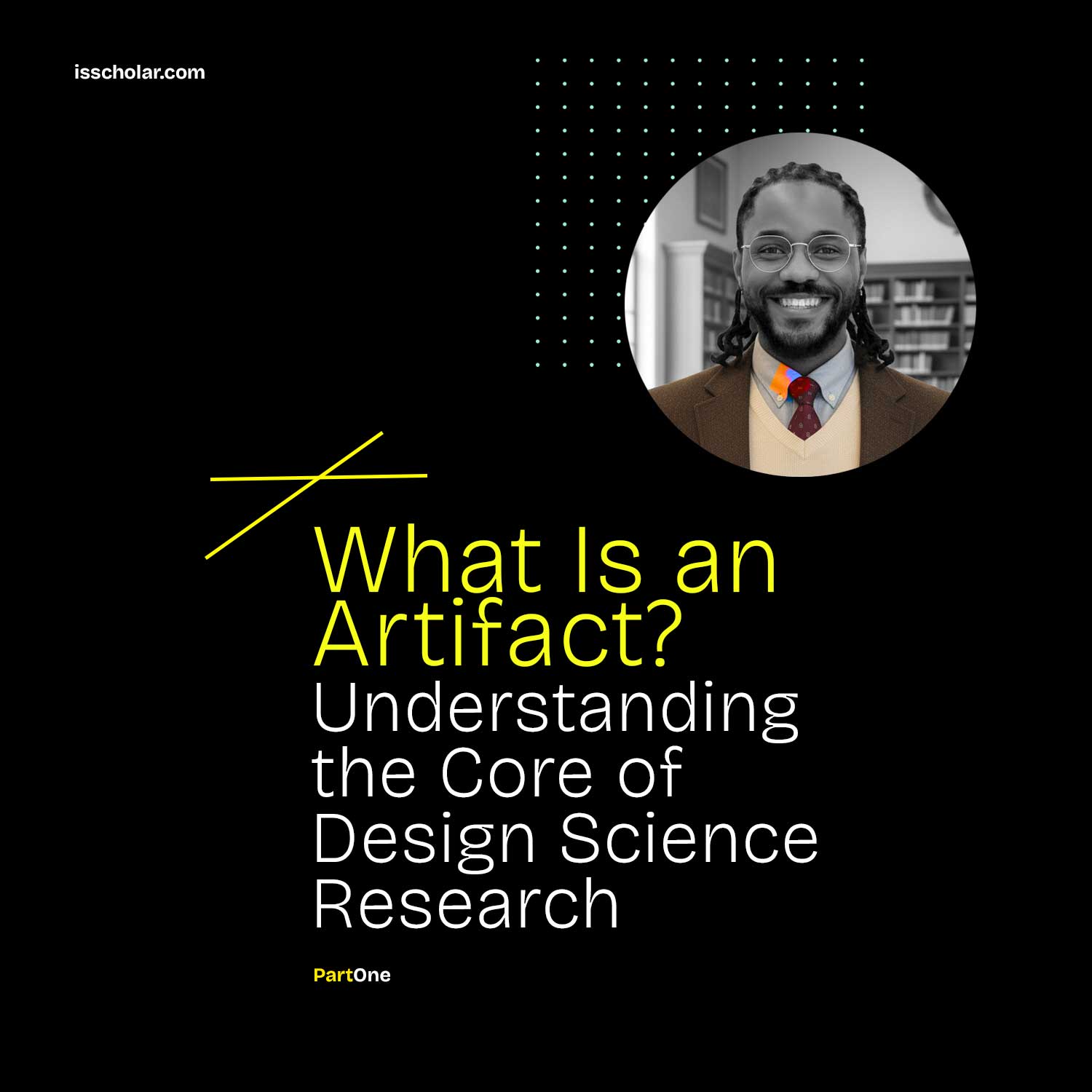
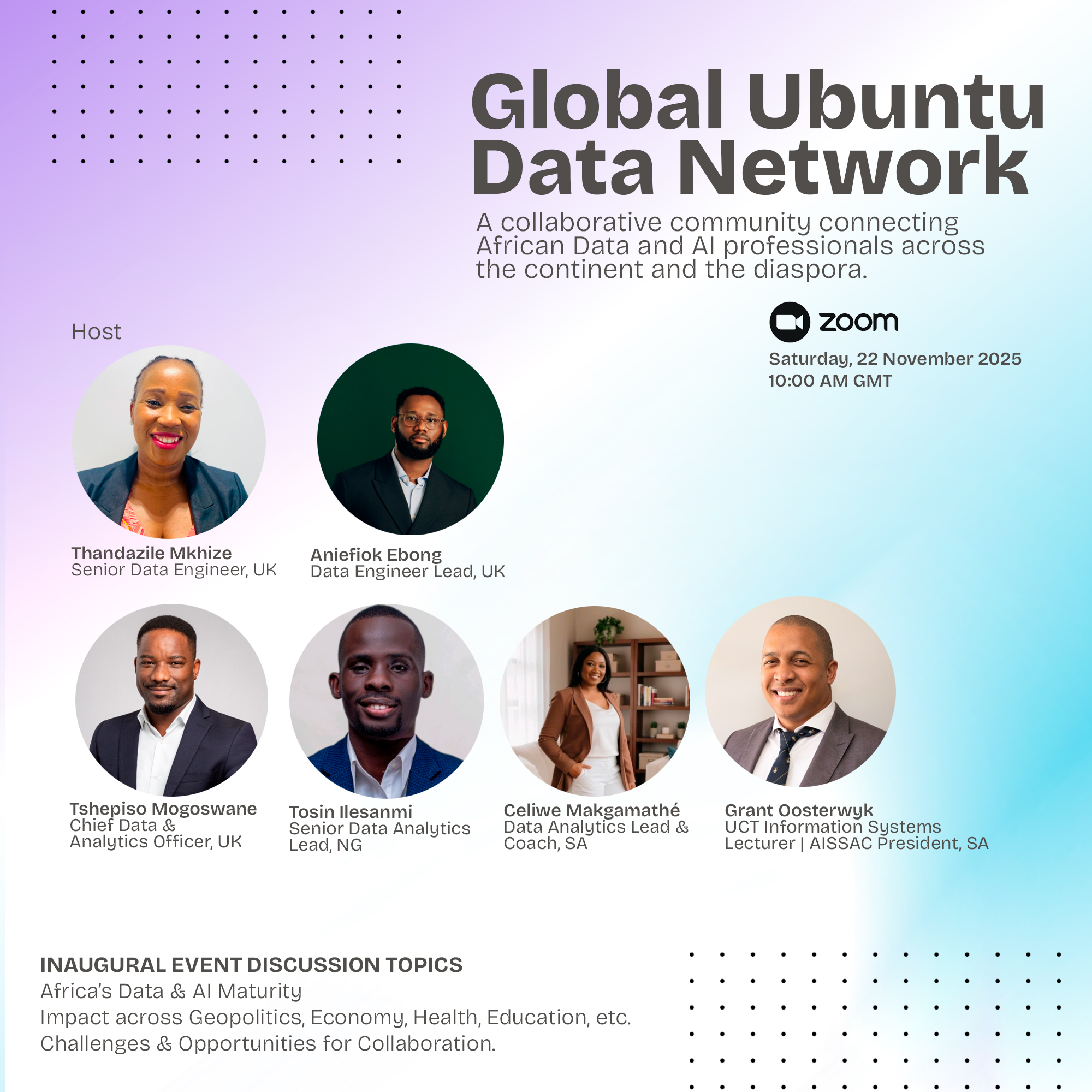
Leave a Reply